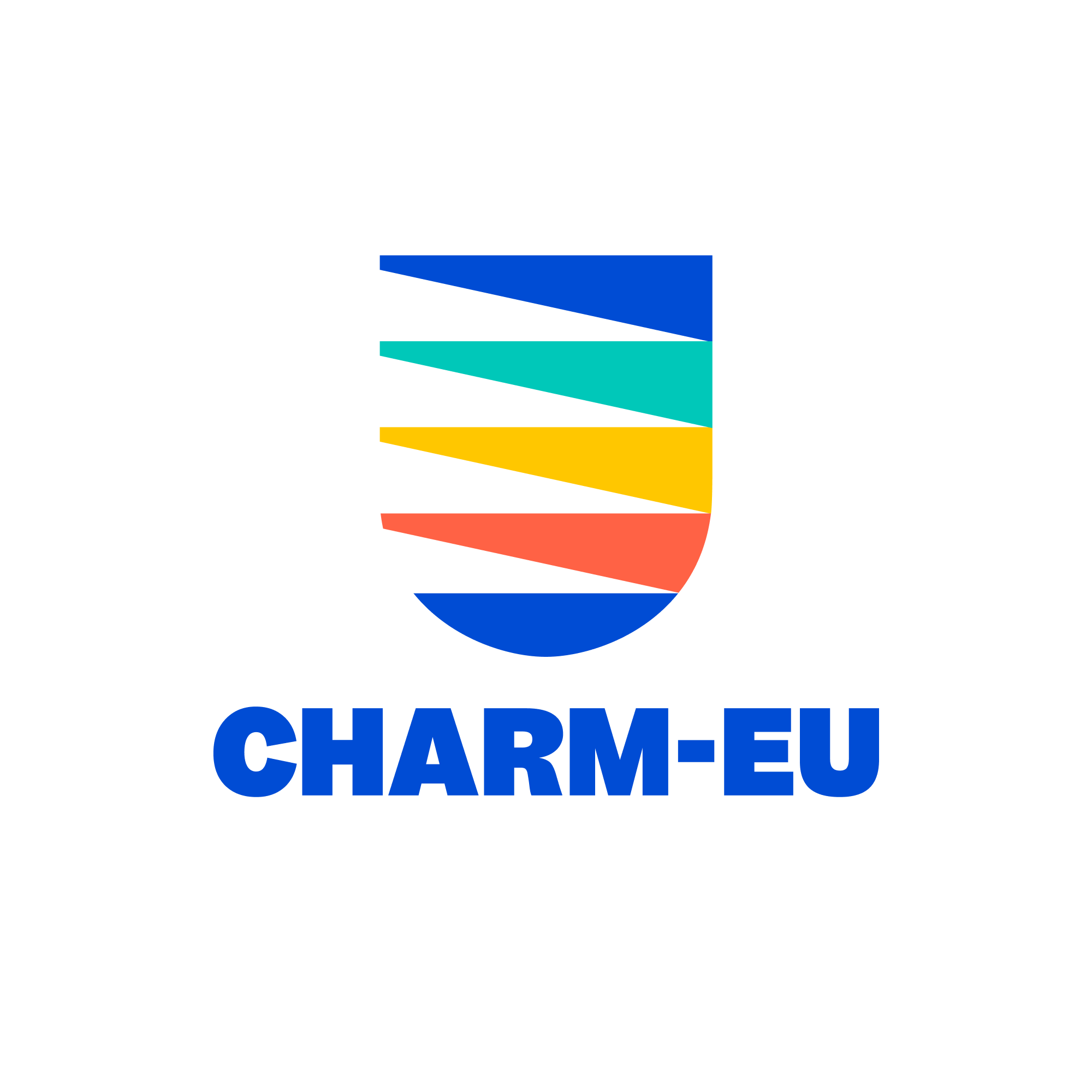Inclusion in the EU Higher Education
The composition of students engaged in Higher Education has increased and diversified globally. Equal access to quality education and enhancing the social dimension of higher education are among the EU's central goals. Fostering access to quality education is a driver of economic growth and social cohesion and helps to safeguard human rights and promote quality research, innovation, and citizens' prospects. In the last two decades, in education and training policy, the questions of access and inclusion of under-represented groups have become increasingly important. European higher education institutions should reflect the diversity of Europe's population, promote and protect equal rights and safeguard access and inclusion in policies and practices. It is not only that the Member States should follow equality, non-discrimination legislation and the European Union's social dimension plans, but the economy needs to employ people with different backgrounds and circumstances, just as it is for the people themselves to be meaningfully employed. Despite multiple actions promoting access, participation and non-discrimination, many people still face barriers to access and inclusion in higher education. Mapping structural barriers that hinder individuals' full and effective participation and outlining strategic directions and practical implementations in this area cannot be interpreted in isolation (Fazekas, 2018).
The CHARM-EU Alliance
At the 2017 Gothenburg Summit, EU leaders outlined a vision for education and culture. In its December 2017 Conclusions, the European Council called on the Member States, the Council and the Commission to take forward the European Universities Initiativesthat aim to stimulate the international competitiveness of higher education institutions. In January 2019, the CHARM European University (CHallenge-driven, Accessible, Research-based, Mobile European University) Alliance was born out of this vision, co-funded by Erasmus+. CHARM-EU is designed to strengthen the mobility of students and staff and – and critically for inclusivity – to foster quality, inclusiveness, and competitiveness across the European higher education sector. The Alliance consists of the University of Barcelona (coordinator), Trinity College Dublin, Utrecht University, the University of Montpellier, and Eötvös Loránd University (ELTE).
CHARM-EU represents an innovative model of 21st century higher education where accessibility and inclusion are interwoven into its DNA. Inclusion by design means that inclusiveness is strategically mainstreamed into the culture, design, delivery and monitoring of all areas of the Alliance and the CHARM-EU Master's in Global Challenges for Sustainability.
CHARM-EU: Where inclusion is central to the agenda
It is essential to prepare individuals to study and work in an interconnected world. Unfortunately, intolerance, preconceptions, ignorance, and fear of differences remain common features. In CHARM-EU, in tandem with creating excellence in teaching and learning, we see it as our social responsibility to foster an open, welcoming, and safe environment through removing barriers and supporting the access and participation of all students and staff. As a 'test-bed' new university model, CHARM-EU offers an extraordinary opportunity to innovate and apply inclusion by design. Inclusion and a sense of belonging are achieved by continuously co-creating and collaborating with various stakeholders and students. Having inclusiveness expertise within our community keeps everyone on track to conduct our activities inclusively, with support, knowledge, and practical tools available. We can draw on best practices and influence new inclusive practices within our partner universities, "showing" how to implement inclusivity rather than just "telling" people what to do.
This one-day hybrid event offers an opportunity for stakeholders and participants to draw out the lessons learned from the CHARM-EU project, consider barriers and possibilities for access and participation in European higher education, as well as share experiences, policies and practices that can lead us all towards an inclusive higher education sector where every student and staff member feels they belong, can contribute, and thrive as scholars of excellence. This practically focused event will lead to tangible actions and a list of recommendations for all involved stakeholders within CHARM-EU and beyond.
Conference aims and objectives
The main aims of the CHARM-EU Conference on Inclusion are:
- To act as a catalyst for a shared dialogue between stakeholders and participants to discuss enablers and challenges to access and participation in higher education.
- To identify steps that should be taken to facilitate more inclusive higher education in Europe and beyond.
Specific objectives:
- To identify challenges and enablers of access and participation in Higher Education more broadly, specifically in connection to the Sustainable Development Goal 4.
- To share experiences & provide space for networking - discuss and map areas of further improvement of the inclusive university of the future, including the involvement of all stakeholders and students’ voices.
- To exchange knowledge and share policies and practices.
- To realise Inclusion in Action: Identifying areas of action & recommendations for relevant stakeholders (EU/higher education/civil society/youth).
Outcomes:
The state of the art will have been mapped. Stakeholders will have shared their vision and mission for the inclusion agenda. They will have outlined barriers and enablers to accessing and participation for all, especially underrepresented groups or those at risk of exclusion.
- The conference will have provided space and time for learning about various stakeholders and participants and their experiences, journey in terms of access and participation, experiencing exclusion, discrimination, and stereotypes, prejudices.
- Participants will have shared specific policies and practices (good practices and "lessons learned" experiences/practices) to support each other and minimise the need to start from scratch to design and implement inclusive measures.
- The key learning moments, takeaways, and messages will be presented by stakeholder groups. A call to action, including a list of recommendations, will be drafted by the conference organisers and shared with decision-makers at the EU, national and regional levels.
Target audience (in-person and online participation)
- EU Stakeholders
- Policy groups
- Civil society and youth groups
- European University Alliances
- University management/boards
- University Educators
- Students
References: Fazekas, Á. S. (2018), Analysis of access and participation of students with disabilities in higher education Eötvös Loránd University. Faculty of Social Science. Faculty of Social Sciences, Doctoral School of Sociology Social Policy Programme. Retrieved from: https://edit.elte.hu/xmlui/handle/10831/44521

